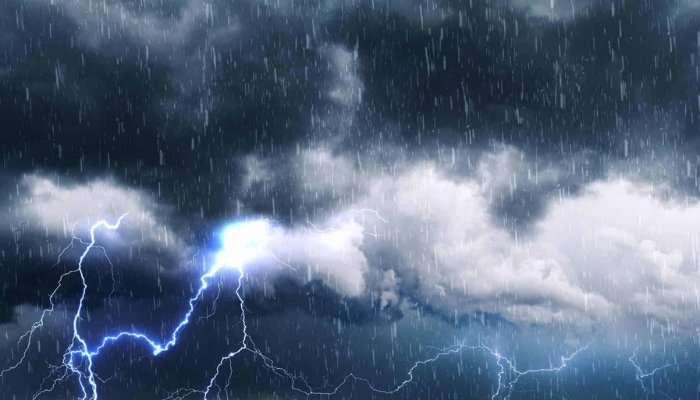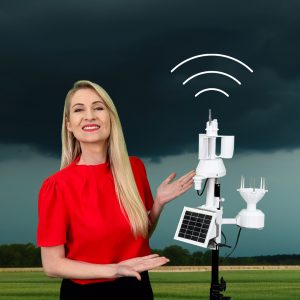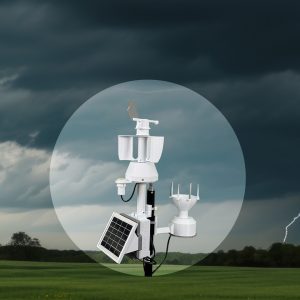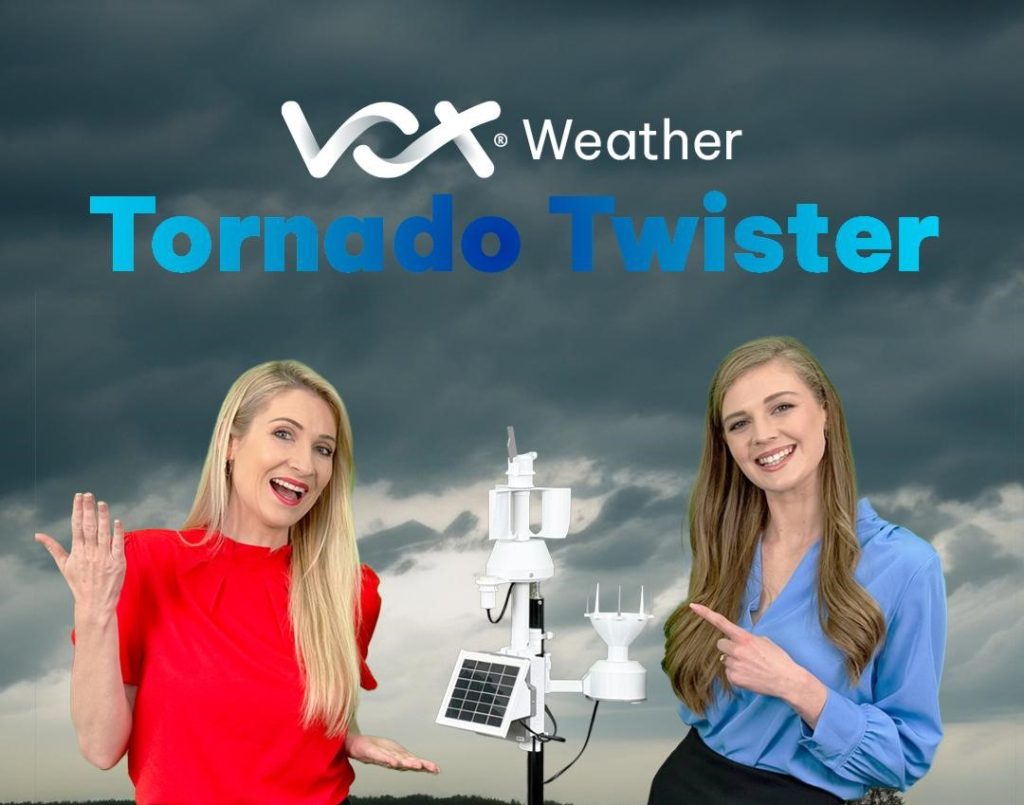- iWeathar’s weather station fills the observational data gaps required for exceptional weather data and accuracy.
- Vox Weather’s forecasts currently have a reach of over 64 million, with nearly 350,000 followers across all social media platforms.
- Customers can purchase an iWeathar station and join the Vox Weather network to provide situational and observational weather data on demand.
Vox Weather, a specialist weather service led by meteorologist Annette Botha, partnered with iWeathar to provide viewers with granular weather observations that provide exceptional accuracy and insights. The Vox Weather platform – which has seen exceptional growth from 64, 000 views in its first month to 65 million in July 2024 – has developed this partnership to gain granular visibility into local weather and build communities with local companies and individuals throughout the country.
“We felt there was scope for us to invest in services that would allow us to provide better observational data that would ensure our viewers got faster, more accurate weather updates,” explains Annette Botha, a well-known meteorologist and Vox Weather presenter.
“We wanted to partner with a local manufacturer to build our own private network for weather observations that would ensure our viewers always have access to incredibly reliable data. Now, anyone can own a reliable and capable weather station and provide data to the Vox Weather network and benefit from having access to their own local data and insights.”
The data provided by the weather station is set to become an invaluable commodity for dedicated viewers of the Vox Weather platform. It transforms the weather service into a private weather station network thanks to the accessibility of the iWeathar solution, which provides users with the option of setting up their own weather station. The data provided by these individual stations can then be collated by Vox Weather and shared with viewers.
“We are moving into absolutely granular detail that can transform how farmers, for example, manage their environments in the event of extreme weather conditions,” says Botha.
“We can, for example, talk about how a farm in the Eastern Cape had wind speeds of more than 200 kilometres per hour. Accurate data that’s personalised to the region and can help businesses and individuals stay safe, or manage their livestock.”
Russell Witthuhn from iWeathar developed the weather stations over a period of years, refining the technology and the capabilities to ensure they were not only agile and accurate, but cost-effective. A decent weather station costs upwards of R50,000 and there was a need for a solution that was less expensive, and easier to install and maintain.
The iWeathar station is light, portable and easy to install with a full sensor suite across temperature, humidity, barometer, wind speed, direction, solar radiation, rainfall and more,” he continues. “Currently, we’re developing 30-40 stations a month for different suppliers and providing hands-on support to our customers.”
The weather stations are Vox Weather branded, come with ongoing support, built with local, reliable materials, and designed to be highly efficient and resilient weather tools. Their accuracy and capability are enhanced by digital sensors, tools and systems built to withstand all types of weather.
When the data from the stations is collated over time, it will then be used to predict trends and discover patterns in specific areas. This information can inform planning and agricultural management, and offer near-real-time insights that can have a significant impact on local business. For farmers, for example, it can help them to predict harvest times, compare annual changes, humidity levels, pest threats and more.
“The magic lies in the data,” concludes Botha. “The agricultural sector will feel immediate value, but these benefits will also extend to homeowners, local community vegetable gardens, commercial sites, and more. Even knowing about incoming cold fronts can help utilities plan ahead, and people manage their well-being. The potential and scale of these stations can reimagine how we talk about, and understand, the weather in South Africa.”
For more information or to purchase a unit, visit https://voxweather.co.za/iweather-stations/
















